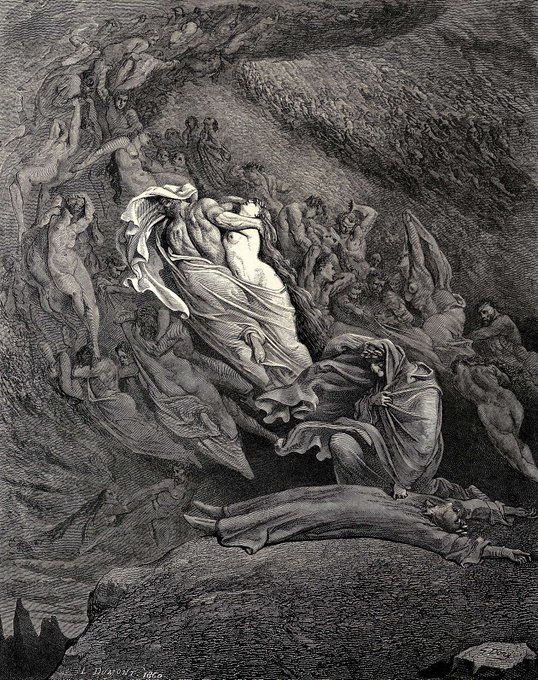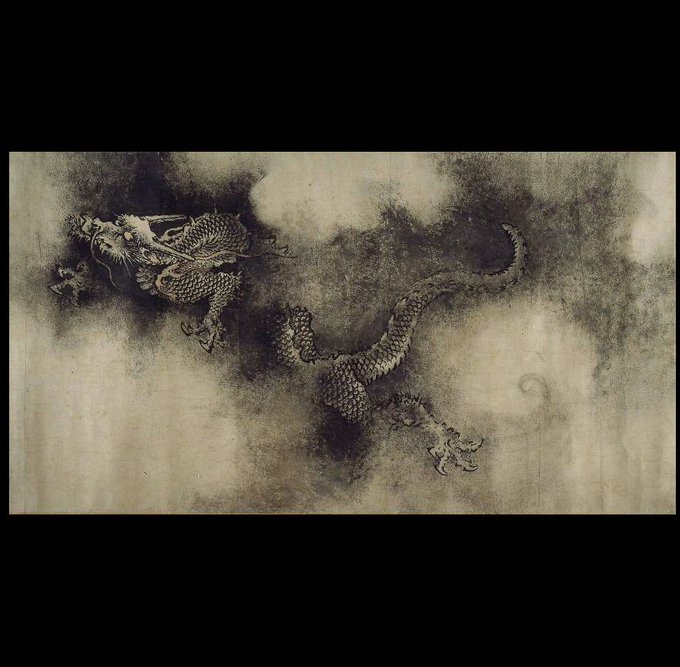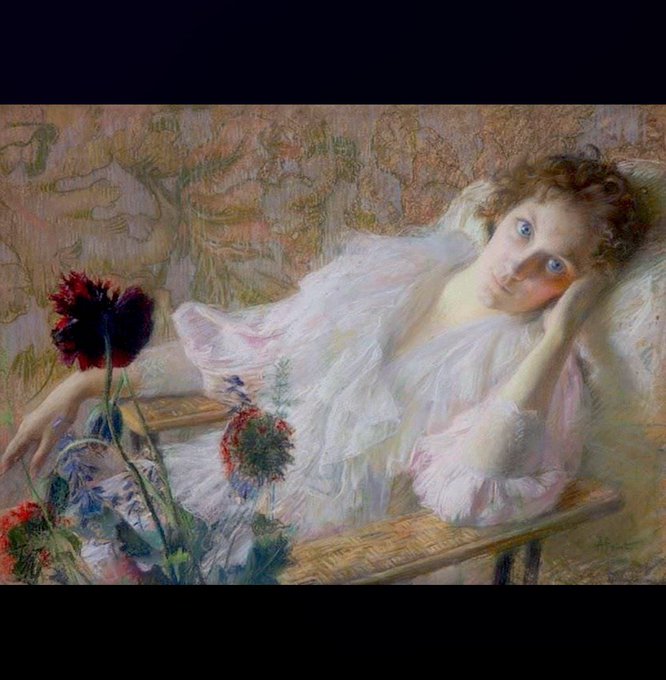The Lustful in Hell. The spiralling spirits of the lustful are found in Dante's Inferno (Circle 2, canto 5). They are "carnal sinners who subordinate reason to desire" "whose actions often led them and their lovers to death." Images by Gustave Dore and William Blake.
Dragons V Elephants. There was an eternal battle between Elephants & Dragons in India according to Pliny the Elder, a 1st century A.D. Roman natural philosopher & military officer in his encyclopedia (Naturalis Historia) The myth loitered for 1400 years.
9 dragons. Chen Rong (1200 –1266) was a painter of the Southern Song Dynasty celebrated for his depictions of dragons. Nine Dragons is a masterpiece of calligraphy - a large handscroll - that celebrates the extreme forces of nature - in keeping with Daoist beliefs.
Barbara Regina Dietzsch (1706-1783) was a painter from an artist family in Nuremberg. She rejected offers to become a court painter, focusing instead to on insects & flowers. A recluse who chose art over 'the court', her paintings are botanically accurate Momento Mori.
Not the Cézanne we knew. "The Murder" belongs to a group of paintings (1860s) in which Paul Cézanne (1839-1906) exorcises the demons of his family life & indulges his fascination with romantic literature, fuelled by his childhood friendship with the future novelist Emile Zola.
The demonic angels of Carlos Schwabe (1866–1926). In Schwabe's symbolist art, angels are restored to their original Biblical energies, and are agents of both good and evil. Powerful fearful creatures who can take life and seduce.
Flowers of Evil. The outstanding illustrations for Les Fleurs du Mal by Baudelaire by Swiss Symbolist painter Carlos Schwabe (1866-1926). "The death of a close friend when Schwabe was 28 ...engendered his interest in representing death and the world of ideal creation."
Simplicity. Sometimes in an artist's career, they attempt to do complex, ambitious things, but it is a simple artwork that they made in one sitting, one afternoon that's their greatest work. "Portrait of a woman in Autumn" by French Symbolist painter Armand Point (1861-1932).
Demons in the art of German Symbolist Sascha Schneider (1870 – 1927) "Schneider lived with painter Hellmuth Jahn. Jahn began blackmailing Schneider by threatening to expose his homosexuality". Schneider "fled to Italy, where homosexuality was not criminalized at that time."
If you were a rich Saxon family during the Protestant reformation & you wanted a portrait of your daughter that would evade the censorship of Martin Luther - the studio of Lucas Cranach the Elder offered a solution. Have her pose as Salome with the head of St.John the Baptist.







































